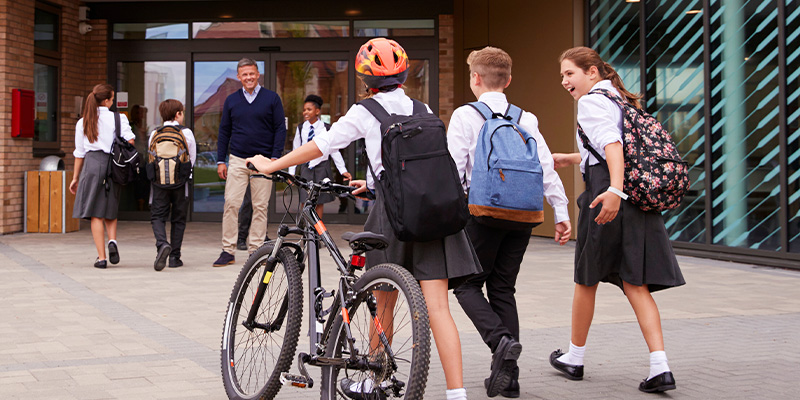Ensuring the safety and security of students and staff is paramount in educational environments. With the rise in security threats, schools must implement robust measures to mitigate risks and create a secure learning environment. One crucial aspect of school safety is access control systems, which play a vital role in managing entry and exit points efficiently. In this guide, we explore the significance of access control systems in enhancing school safety and how they contribute to overall security measures.

Understanding Access Control Systems
What Are Access Control Systems?
Access control systems are security solutions designed to regulate and manage entry and exit points within a facility. These systems utilize various technologies such as key cards, biometric scanners, and keypad entry to authenticate individuals and grant or restrict access based on predefined permissions. By controlling who can enter specific areas and when access control systems enhance security and minimize unauthorized access.
The Importance of Access Control in School Safety
Enhanced Security Measures: Protecting Students and Staff
Access control systems play a crucial role in safeguarding schools against unauthorized entry and intruders. By restricting access to designated personnel only, these systems prevent unauthorized individuals from entering school premises, thereby reducing the risk of security incidents such as trespassing, theft, or violence. This enhanced security measure provides peace of mind to students, staff, and parents, fostering a conducive learning environment.
Emergency Preparedness: Responding to Threats Effectively
In times of emergencies, such as lockdowns or active shooter situations, access control systems enable school administrators to implement lockdown procedures swiftly and effectively. By remotely locking doors and restricting access to specific areas, these systems help prevent intruders from gaining entry and provide essential time for students and staff to seek shelter and safety. This rapid response capability is critical in minimizing the impact of security threats and ensuring the safety of everyone on campus.
Key Features and Components
Authentication Methods: Ensuring Secure Access
Access control systems utilize various authentication methods to verify the identity of individuals seeking entry. These methods include:
Key Cards:
Proximity cards or smart cards that are swiped or tapped to gain access.
Biometric Scanners:
Devices that scan unique biological traits such as fingerprints, iris patterns, or facial features for authentication.
Keypad Entry:
Numeric keypads require users to enter a PIN code for access.
By combining multiple authentication factors, access control systems enhance security and reduce the risk of unauthorized entry.Must Read: Factors to Consider Before Installing Security Cameras: Understanding Costs and More
Integration with Security Systems: Enhancing Effectiveness
Access control systems can be integrated with other security systems such as surveillance cameras, alarms, and intercoms for comprehensive security management. This integration allows for real-time monitoring, automated alerts, and seamless coordination between security personnel and emergency responders, enhancing overall security effectiveness.
Implementation Considerations
Tailored Solutions: Addressing Unique Needs
When implementing access control systems in schools, it’s essential to consider the unique needs and requirements of each institution. Factors such as campus layout, student population, existing security infrastructure, and budget constraints should inform the selection and design of access control solutions. A tailored approach ensures that the system effectively addresses specific security challenges and seamlessly integrates with existing operations.
Training and Education: Empowering Users
Proper training and education are essential for maximizing the effectiveness of access control systems. School staff, administrators, and security personnel should receive comprehensive training on system operation, emergency procedures, and security protocols. Additionally, students should be educated on the importance of security measures and their role in maintaining a safe school environment.
Conclusion
Access control systems play a vital role in enhancing school safety by regulating entry and exit points, preventing unauthorized access, and enabling rapid response to emergencies. By implementing robust access control measures tailored to their unique needs, schools can create a secure learning environment that prioritizes the safety and well-being of students and staff.